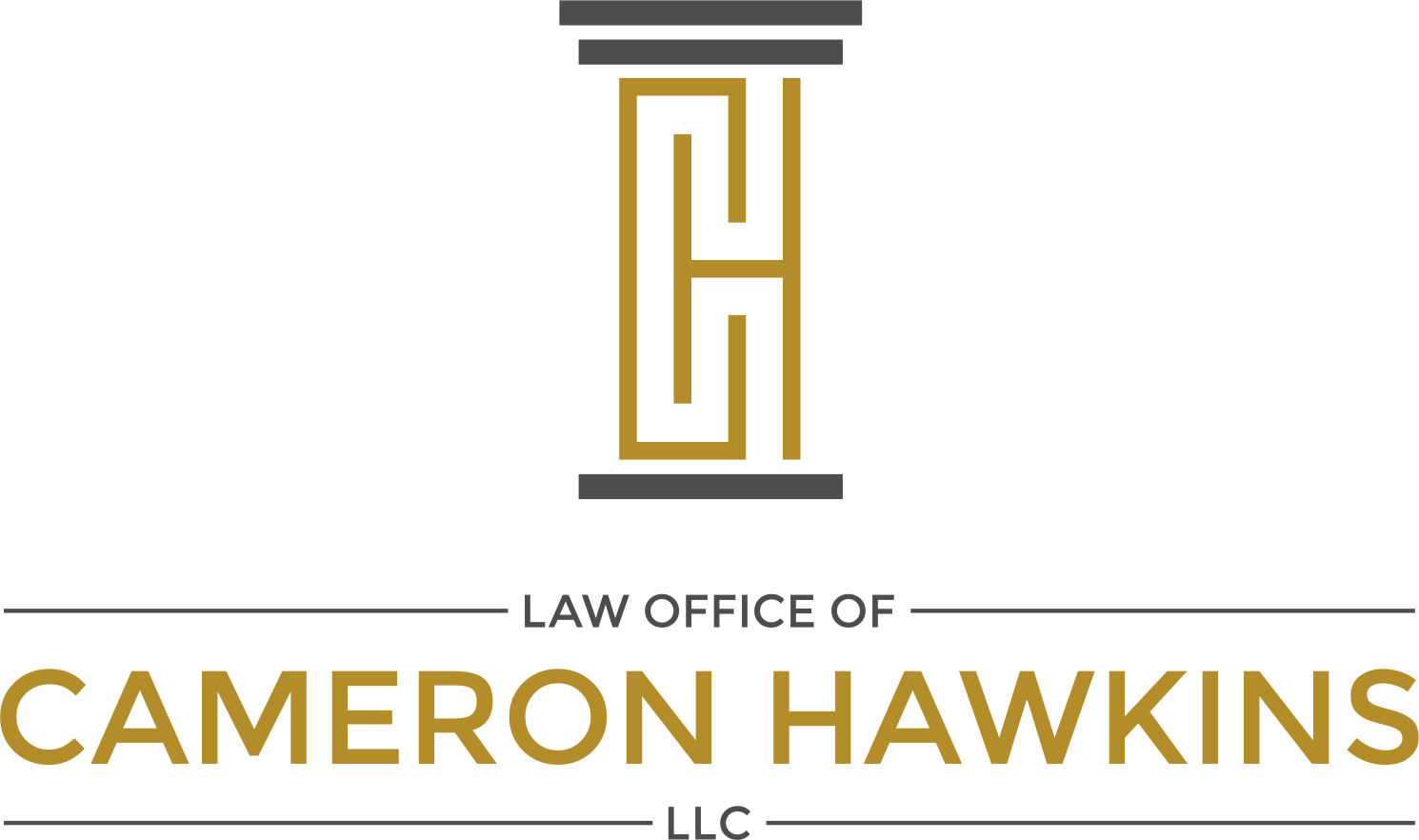Blog

There are many steps businesses can take to minimize the risk of workplace injuries and the worker’s comp claims that they cause. Workers’ comp claims in Georgia are no-fault claims, meaning workers don’t need to prove that a coworker or their employer’s negligence was the cause of their injuries.
The more restrictive compensation limits of workers’ comp insurance may make these claims seem less serious than traditional liability claims, but they can still be problematic. In addition to potentially leading to increased premiums on your workers’ comp coverage, workplace injuries often result in reduced productivity and lost time.
Injured employees also have some legal protections that prevent them from being terminated, even if they can’t work for an extended period while they recover. This often puts businesses in a difficult position where they either have to hire an extra person, find a temp worker to cover for the injured worker or simply adjust to having less manpower during the injured worker’s recovery.
None of these consequences are good, even if, from a cost and reputational standpoint, they may appear less severe than a lawsuit brought by a third party.
Steps Businesses Can Take to Reduce Workplace Injury Risks
Safety Training and Education
Safety training may vary drastically depending on the workplace. Office workers might not need to know any more than what to do if there is a fire. Some businesses with offices may also want to invest in ergonomic furniture and equipment to lower the frequency of repetitive strain injuries, but that’s about the extent of prevention.
Workers should be informed that they will only be covered if they suffer an injury while fulfilling their job duties. Injuries that happen when they’re not on the clock or doing their assigned tasks may not be covered, and activities that may cause injuries should be avoided. For example, office workers shouldn’t try to change out fluorescent tube lights in their office if it’s not in their job description. Any injuries sustained falling off their desk or chair might not be covered by workers’ comp.
Safety training is much more important in industries where workers are around dangerous chemicals, machinery or equipment that can potentially result in injuries. These types of workplaces may require significant safety training and periodic refreshers. This type of training should be mandatory, and failure to adhere to safety regulations should result in disciplinary measures up to and including termination.
Equipment and Facility Maintenance
Although employers can’t always prevent every instance of an employee being careless, inattentive, lazy or irresponsible, they can at least control maintenance and repair consistency and quality. Keeping up with manufacturer-recommended maintenance schedules and addressing equipment wear or breakdowns as they occur can greatly reduce the risk of workplace injuries caused by faulty equipment.
The same vigilance should be applied to facilities, whether for handrails on stairs or walkways, break room furniture or overhead lighting. Damaged infrastructure or business property can represent a preventable accident waiting to happen. Pursuing a proactive approach to inspections and fixing problems as soon as they’re discovered or reported can help lower the risk of workplace injuries.
Safety Policies and Enforcement
Dangerous workplaces benefit from strict safety policies and aggressive enforcement of those policies. Policies might include always requiring workers on any construction site to wear a hard hat and disciplining workers who fail to wear proper safety gear or follow company-mandated safety practices. It’s much better to be viewed as a stickler for rules or a heavy-handed disciplinarian than to have to deal with injured workers, lost productivity and workers’ comp claims.
Incident Reporting and Investigation
In some workplaces, no amount of caution or rules will prevent every potential injury event. Some will still inevitably occur. It’s important that a clear system of reporting be in place for both actual accidents and “near-misses” – or scenarios where a worker barely avoided suffering a serious injury. Identifying and addressing the root cause of these incidents is one of the most reliable ways to prevent them from occurring in the future.
Proper Staffing and Workloads
Exhausted workers and those facing tight quotas or deadlines are more likely to make mistakes or cut corners to meet performance expectations. It’s easy for managers and business owners to get tunnel vision when seeking to fulfill contracts or complete jobs on time, but the cost of injuries can far exceed the profitability of rushed work.
Business owners should carefully observe the condition of employees, as well as the quality and speed of work. It’s nearly always better for a business’s bottom line to adjust staffing and workloads rather than risk the consequences of injuries.
Reviewing Workers’ Comp Policies
A business’s workers’ comp policy is vitally important to its ability to weather workplace injuries when they occur. Businesses should review and understand their policy to ensure they are adequately covered and their internal policies adhere to the requirements of their insurer.
Are You Dealing With a Workplace Injury Claim?
The Law Office of Cameron Hawkins has represented injured workers in workers’ comp claim disputes as well as employers and insurance companies. Our team understands the perspectives of all the parties involved and can provide knowledgeable representation and valuable perspective. Call us at 678-921-4225 for a free case evaluation.











